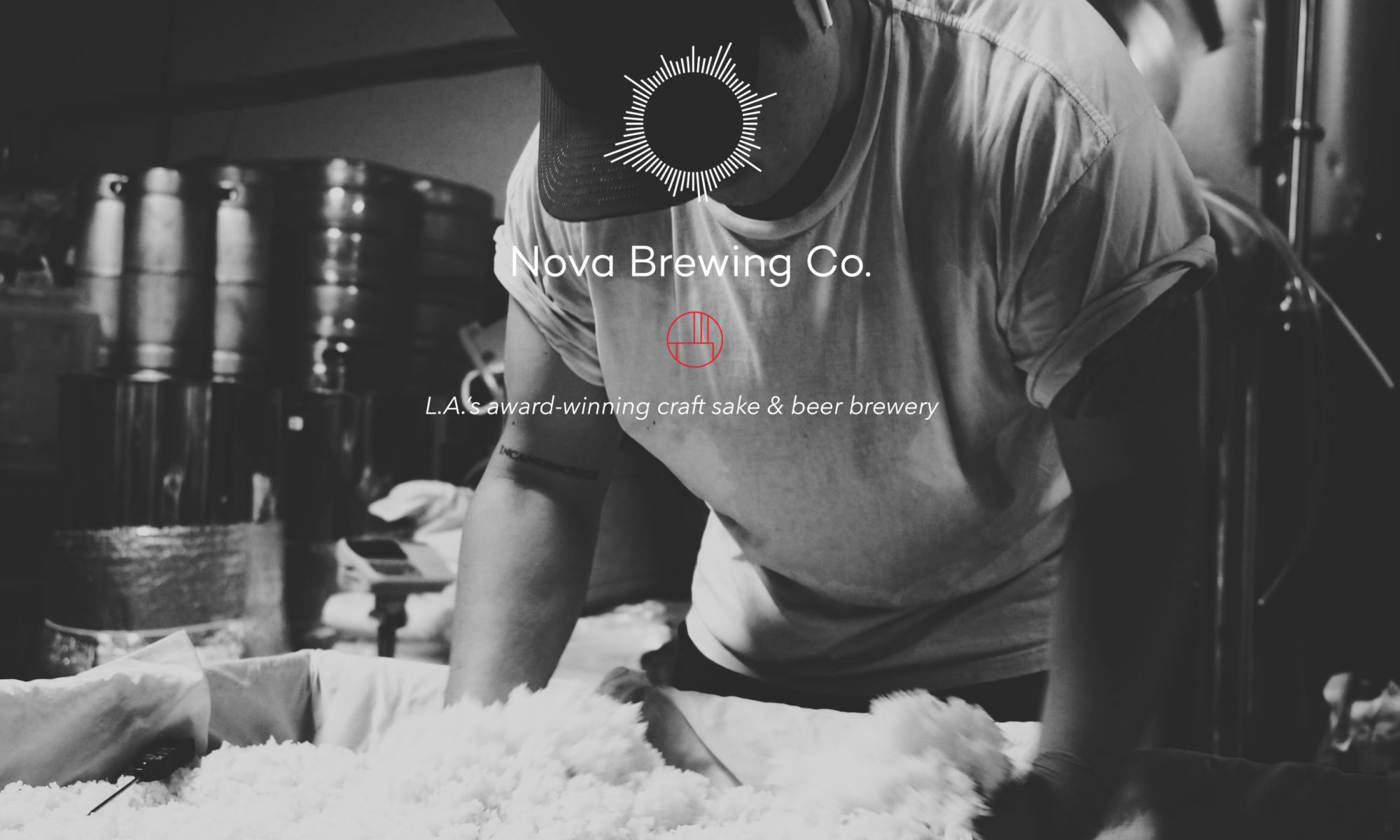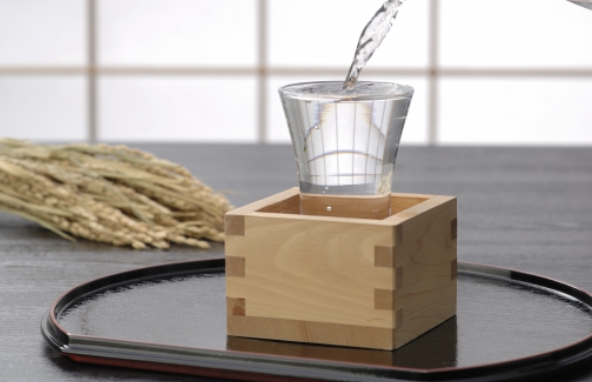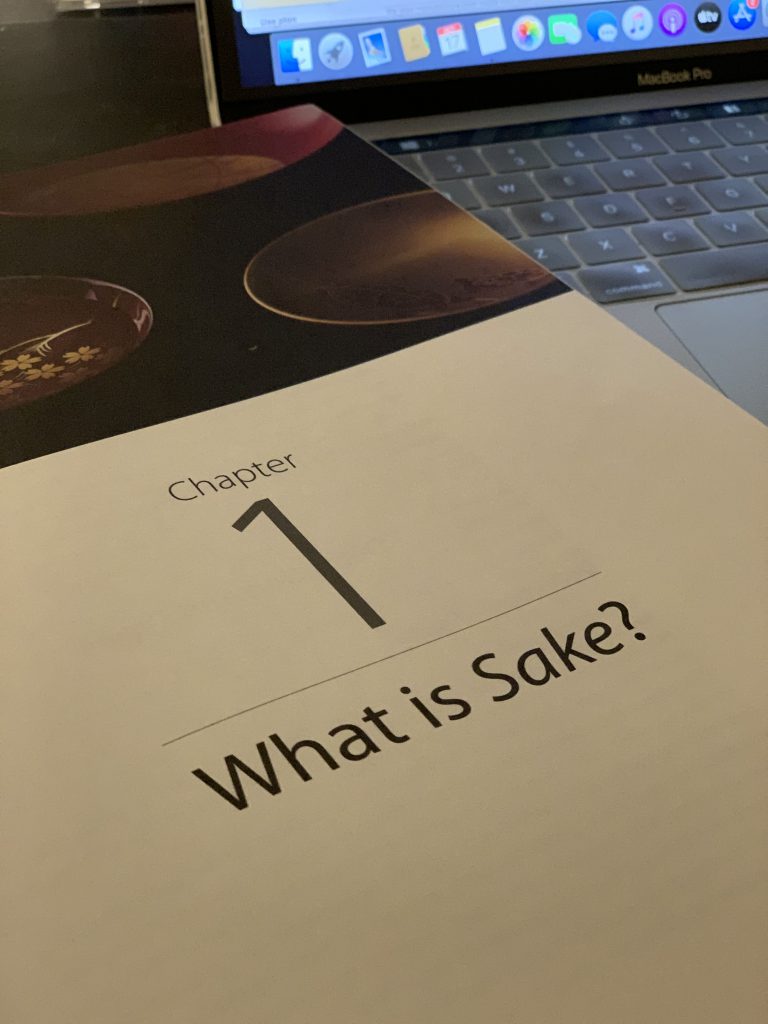
Saké(Nihonshu/酒/日本酒) is general term used for rice wine. Some non-sake drinker pronounce it as ˈsɑːki or ˈsækeɪ, however, the pronunciation is more close to SAK-ay.
Sake is not spirits but fermented beverage like wine or beer, although it has high alcohol percentage around 14% to 20%. What is distinctive is that sake has sweetness and umami and sake does not have high acidity like wine. The main ingredients for sake are rice, koji, and water. Starch from rice convert to sugar by koji, then the sugar to alcohol with yeast. The range of flavor and aroma are narrower for sake than for other alcoholic beverages such as wine. The yeast plays important role for this aroma. The yeast from brewing society of Japan is the most commonly used strain for ginjo type of sake. Nova imports this yeast from Japan.
If you like wine but never tried sake, please try Nova’s sake series and Ginjo7 beer.
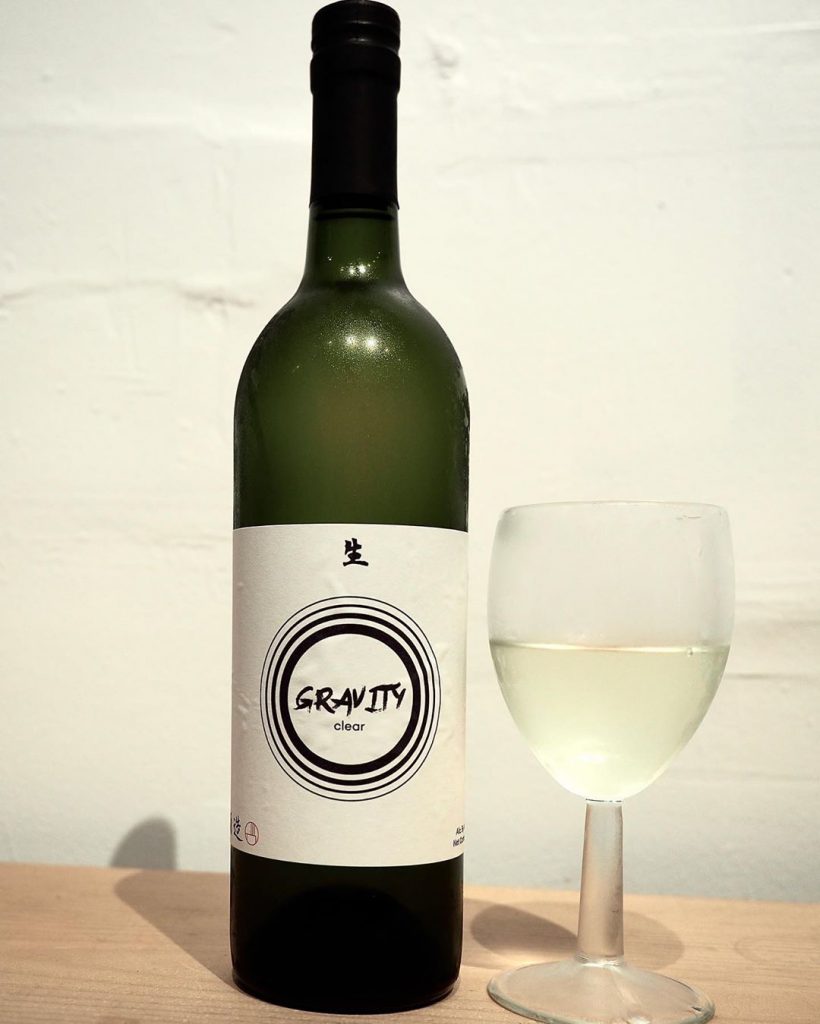
Literally pressed by the earth’s gravitational pull. Meaning no pressure was applied to the mash as the sake is left to drip from a hanging bag to separate the liquid from the mash. This technique is actually called ‘shizuku’ that directly translates to ‘drip’ which is a more traditional and premium method used in Japan for pressing sake than our vacuum method or the most common method using ‘fune.’ This method gives us a lot less yield than the vacuum method and since there’s no pressure applied, you get the cleanest sake with no off-flavors or harshness. Breweries in Japan use this method only for their most premium brands.
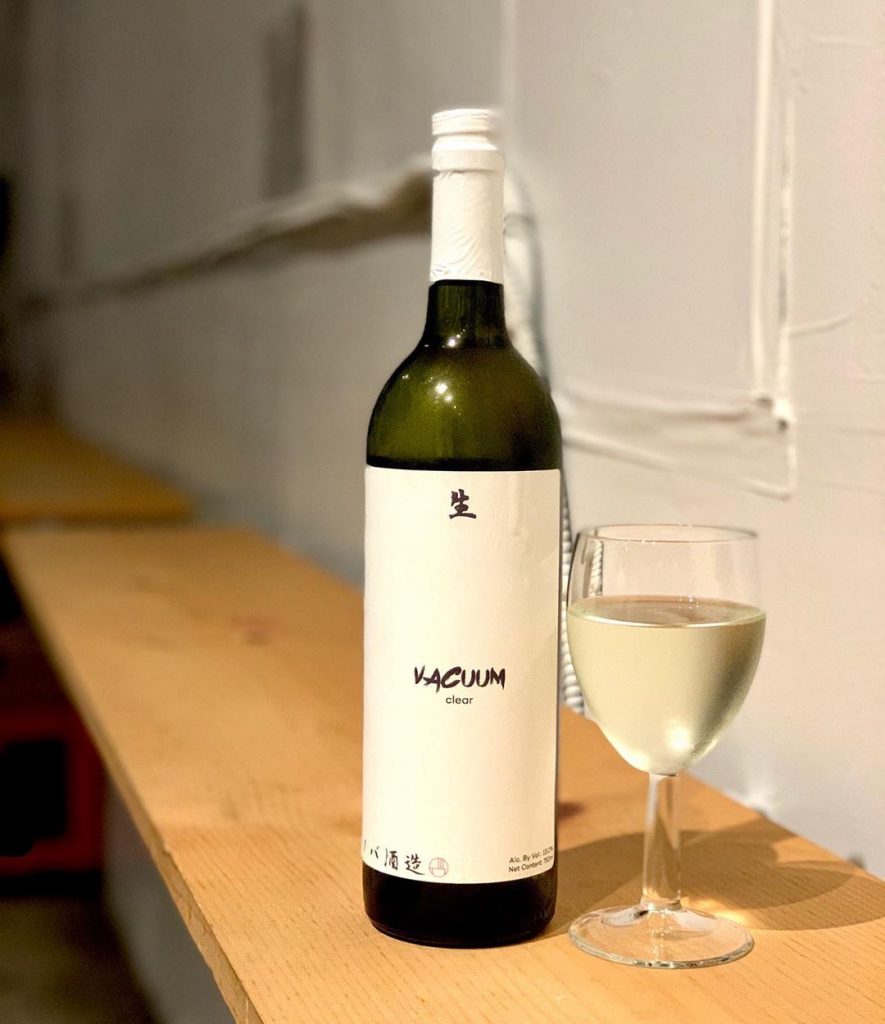
The sake was literally pressed (separating liquid from the mash) by vacuum pressure. This is an unconventional method of pressing the sake that is not commonly used in Japan. In order to extract the sake out of the thick rice mash, the mash is sealed in an air pressurized tank and the sake is literally sucked out of the tank. Most commercially available sake are made by pressing method that totally crushes the rice mash to draw out high yield of sake, but crushing the mash too much can draw out off-flavors or harshness. Thus, Nova decided to create a vacuum of space in the tank to put enough pressure to extract the sake but not enough pressure to crush the rice mash. Result is less yield but clean and refined sake.

Hybrid lager beer that was brewed with local Calrose rice steamed using techniques from sake production instead of flaked rice traditionally used in commercial lagers. The word “ginjo” is used in the sake industry to indicate a sake style of aromatic nature while the “7” comes from the #701 sake yeast strain.
